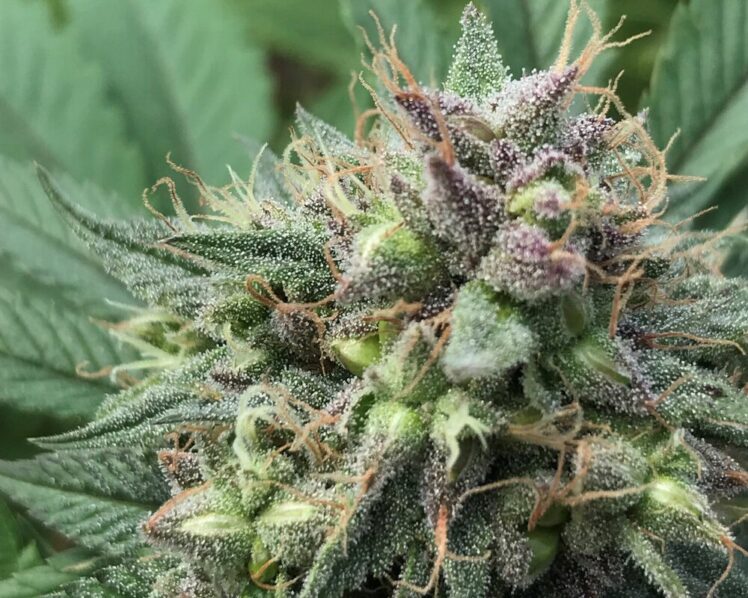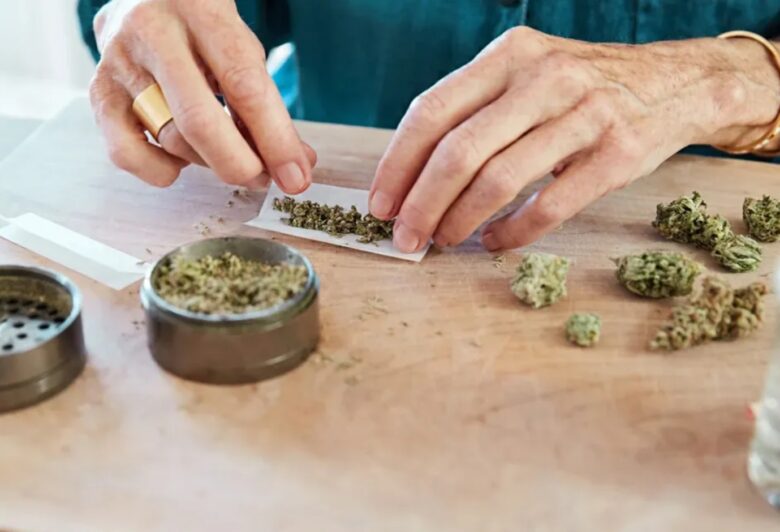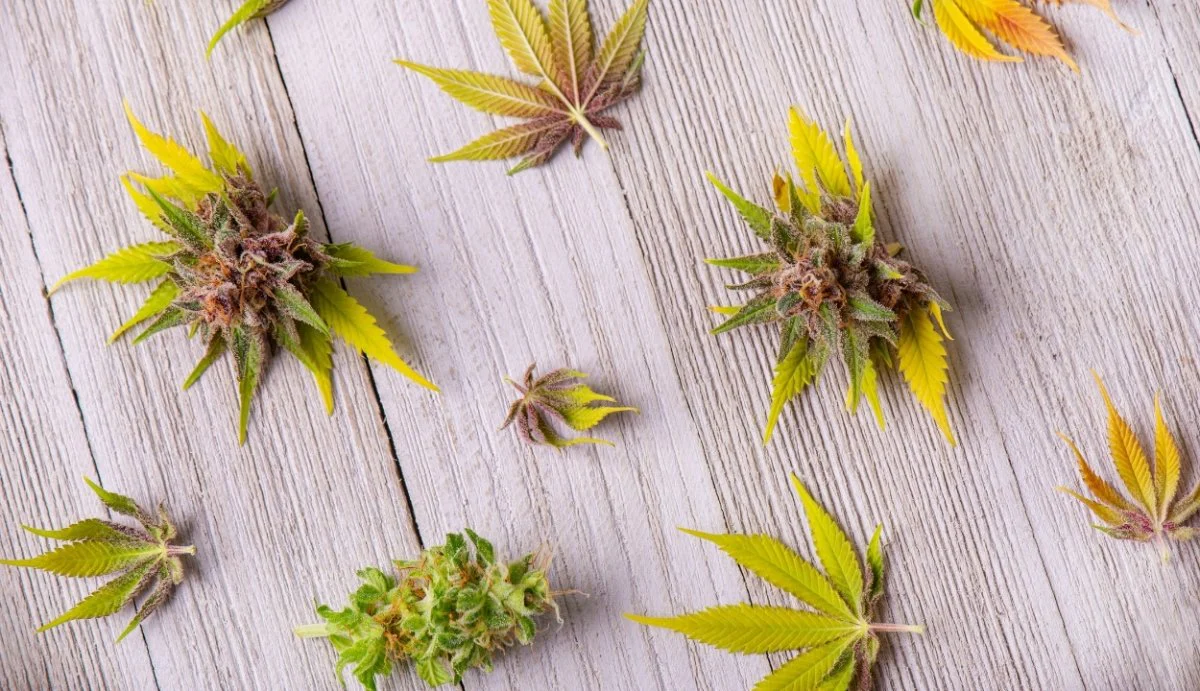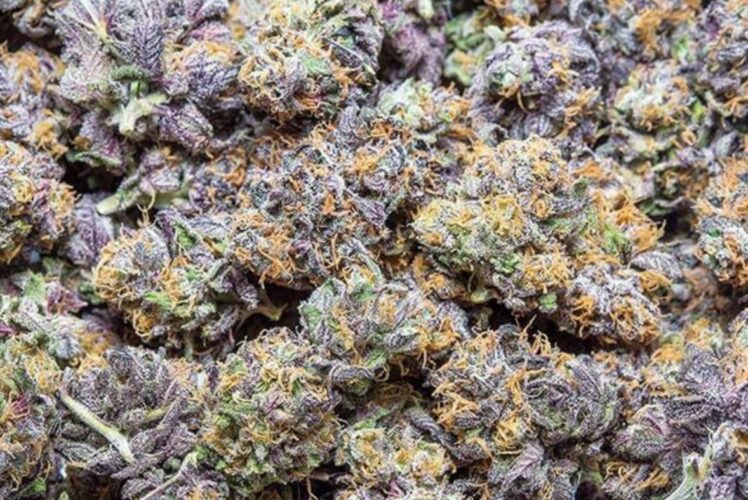Contents
- What Are Cannabis-Derived Terpenes?
- How Do They Work?
- The Magic Terpenes
- The Role of The Entourage Effect
- Concentrates Of Terpenes and Cannabis Terpenes
- What Is the Difference About Botanical Terpenes & Cannabis Derived Terpenes
- The Effects of Cannabis-Derived Terpenes
- 4 Potential Effects of Buying Cannabis-Derived Terpenes
What Are Cannabis-Derived Terpenes?
Are you curious about what makes cannabis so different from other plants?
It’s not about the unique effects of cannabis flowers for consumers, but most people think so. It’s the cannabinoids THC and CBD that they believe are the main stars of the show.
There are hundreds of compounds that make weed so unique. Flavonoids, lesser-known Cannabinoids, and omega fatty acids are just a few of the many compounds that make weed unique. Terpenes are the most potent chemicals found in cannabis.
Pure cannabis-derived terpenes may be getting more attention. Terpenes (also known as terps) influence your cannabis experience significantly, maybe more telling than you think.
Do you want to know more about cannabis-derived compounds and how they affect your health? Continue reading for the complete explanation.

Source: coloradocbdseed.com
How Do They Work?
The mixture of terpenes is what gives each strain its unique characteristics. It is also responsible for your preference for one strain over the other.
The cannabis growers have been able to create strains with specific terpene profiles through breeding. One strain might be able to support sleep, while another could support focus or creativity.
The Magic Terpenes
The flavor and aroma of plants are attributed to terpenes, which are molecules found in plants. Plants such as lilac bushes and Christmas trees have terpene molecules that contribute to their aromas and flavors.
The natural world is filled with thousands of terpenes. They are often extracted from the earth and used as essential oils in household products such as cleaning and perfumes.
Terpenes play more than a role in the taste and smell of weed. They also influence how you will experience certain strains. Let’s get into more detail about how terpenes can affect your cannabis.

Source: cbdincubator.com
The Role of The Entourage Effect
You might wonder why you feel the actual effects only when there are many parts of cannabis. The entourage effect is what you need to know.
The entourage effect is a theory that marijuana’s many ingredients work together to enhance one another’s capabilities. The body reacts to the various compounds using cannabis through the endocannabinoid process.
It is why a strain of cannabis with lower THC levels may get you higher than one that tests at 35%. Because there are more terpenes in cannabis strains that test at 35%, the combination of THC, terpenes, and other compounds may work better.
Concentrates Of Terpenes and Cannabis Terpenes
A high-quality cannabis extract may also contain terps. They are most common in products such as live resin or live rosin.
To smoke marijuana, it must be dried and cured. However, this may result in some terpenes being evaporated.
The word “live” in cannabis concentrates on indicating that the plant used to create them has just been harvested. It has not been dried. The terpenes in live resins and rosins are all present in cannabis flowers, making them highly therapy.

Source: healthline.com
What Is the Difference About Botanical Terpenes & Cannabis Derived Terpenes
It may be evident that many cannabis products, such as weed pods and pens, contain cannabis-derived terpenes (or botanical terpenes). What’s the difference between them?
Terpenes derived from cannabis are present in these weed pods. Hemp and cannabis plants were used to make them. Botanical terpenes can also be extracted from other plants. Linalool can also be found in lavender, for instance. A botanical terpene, linalool, is likely the main component of your scented shampoo.
The highest-quality strains of cannabis and high-quality products will always have terpenes in the 3-5% range. The entourage effect is why cannabis-derived terpenes are preferred.
The Effects of Cannabis-Derived Terpenes
People often refer to the “entourage effects,” when non-THC cannabis compounds work together with THC to produce specific psychoactive effects. The particular terpene profiles and the cannabis compounds determine each plant’s entourage effect. It’s great that some marijuana growers are testing their buds for terpenes.
Cannabinoid hyperemesis syndrome sufferers may experience less nausea if they use a strain that has anti-emetic terpenes. People who experience paranoia from cannabis use may choose a strain with anti-anxiolytic terpenes.
Taste can be affected by different terpene profiles. Depending on your preferences, one terpene profile may be more appealing than the other.

Source: vidaoptimacbd.com
4 Potential Effects of Buying Cannabis-Derived Terpenes
The effects of terpenes on the body can vary, so users are showing interest in buying cannabis-derived terpenes. Combined, they can operate as both a support system and a counter-system. These cannabis strains contain the following terpenes.
-
CDT Terpenes to Support Sleep
Pinene, terpinolene, linalool, myrcene, and nerolidol have been recognized for their sleep support. Scientists have studied these substances to discover new ways to treat insomnia.
-
CDT Terpenes Support Energy, Focus, & Anti-Anxiety
Many people desire an energy boost that doesn’t cause tremors or caffeine withdrawals. People often associate mood lifting with pinene (limonene), terpineol (b-caryophyllene), and pinene.
-
CDT Terpenes for Pain Support
Caryophyllene remains the ringleader, with bisabolol & humulene coming in second and third. Myrcene might be used for pain relief and muscle spasms. Myrcene can be found in more than 40% of cannabis strains. The anti-inflammatory properties of linalool have been found in one study.
-
CDT Terpenes for Anti-Microbial Support
In 2019, 16 of 33 compounds were studied for antimicrobial activity. This included eugenol, terpineol, carveol, citronellol, and geraniol. All these compounds can affect different bacteria. Other studies have shown that menthol and a-pinene possess antimicrobial capabilities. A 2010 study found that carvacrol, terpenoid phenols, and menthol were effective against numerous pathogens.
Science is only beginning to study these beneficial compounds, with tens and thousands more terpenes.

Source: Medium.com
